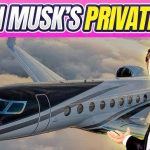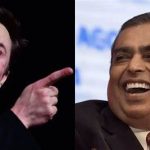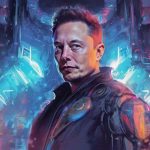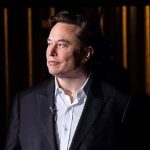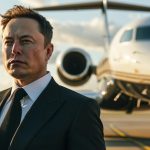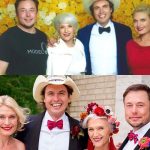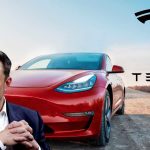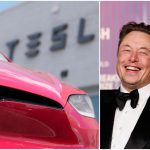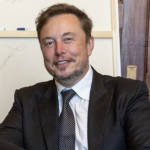Elon Musk and His Unique Work Methods: How Does He Manage Time Running Three Big Companies?
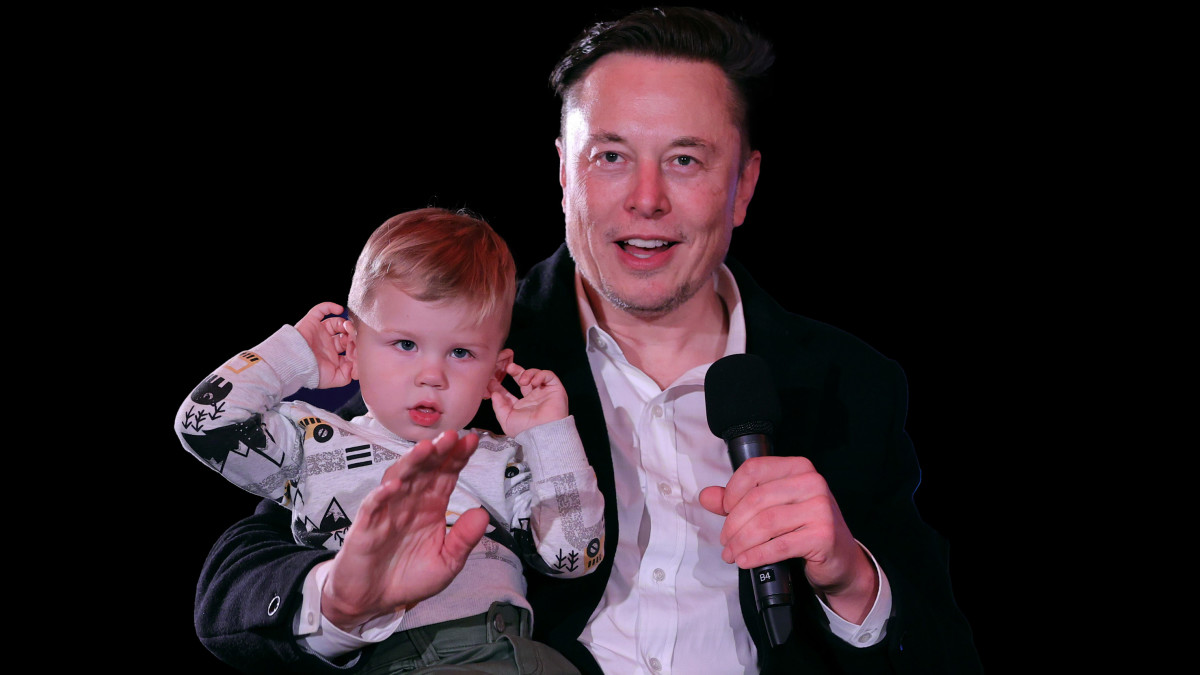
Elon Musk and His Unique Work Methods: How Does He Manage Time Running Three Big Companies?
Elon Musk isn’t just running Tesla, SpaceX, and Neuralink—he’s orchestrating a symphony of chaos, genius, and relentless ambition. Steering three groundbreaking companies—electric cars ⚡, space exploration 🌌, and brain-computer interfaces 🧠—would crush most mortals. Yet Musk thrives, bending time itself with a work style that’s equal parts madness and mastery. His secret? A cocktail of obsession, discipline, and a willingness to live on the edge of human endurance. Let’s unpack how he pulls it off.
The Grind: 80-100 Hours of Controlled Chaos
Musk’s workweek is a marathon most couldn’t fathom: 80 to 100 hours, every week, no exceptions. While the average CEO might clock 60 hours and call it intense, Musk doubles down, treating time like a resource to be mined. He’s admitted to working through weekends, holidays, and even birthdays—once tweeting he celebrated his own at Tesla’s Fremont factory during a production push. This isn’t a flex; it’s his norm. For Musk, running three companies isn’t a juggling act—it’s a single, all-consuming mission split across different domains.
To make it work, he slices his days into razor-thin, 5-minute blocks. Imagine it: 8:00 to 8:05, reviewing Tesla battery stats; 8:05 to 8:10, greenlighting a SpaceX launch sequence; 8:10 to 8:15, brainstorming Neuralink electrode designs. Assistants and insiders say this hyper-scheduling keeps him on rails, turning a sprawling empire into bite-sized tasks. It’s not about multitasking in the sloppy, distracted sense—it’s about rapid, deliberate focus shifts, each moment wrung dry for maximum output.
Emails, Meetings, and Sleep: The Bare Minimum Approach
Musk’s inbox is a war zone, and he’s the general firing back in real time. Emails get instant replies—often terse, single-line responses like “Yes” or “Fix it”—sent from his phone at all hours. He’s notorious for cutting through fluff, demanding clarity from engineers and execs alike. If a message doesn’t move the needle, it’s ignored. This ruthless efficiency keeps communication lean, freeing up bandwidth for the big stuff.
Meetings? He hates them. Musk has called them a “blight” on productivity, holding them only when critical and keeping them short—sometimes under 15 minutes. If he’s in one, you’d better have answers; he’s been known to grill attendees with rapid-fire questions, sniffing out weak spots. His rule: if you’re not adding value, leave. This aversion stems from his belief that time spent talking is time not building. Instead, he relies on direct lines to his teams—engineers at SpaceX, designers at Tesla, scientists at Neuralink—bypassing middlemen to stay in the weeds.
Sleep, meanwhile, is a begrudging concession to biology. Musk aims for 6 hours a night, often less during crunch times. He’s crashed on factory floors—Tesla’s Model 3 ramp-up in 2018 saw him sleeping under desks, surrounded by assembly lines—or on couches at SpaceX’s Hawthorne HQ after a late-night Starship test. “I don’t love it,” he’s said of his sleep deprivation, “but it’s what gets the job done.” For Musk, rest is a variable to minimize, not a right to indulge.
:max_bytes(150000):strip_icc():focal(734x180:736x182)/elon-musk-son-f1-102323-tout-506124a1c6984471be3668ea0e3d1663.jpg)
First Principles: The Mental Engine Driving It All
At the core of Musk’s time management is his “first principles” philosophy—a mental framework borrowed from physics. He breaks every problem down to its fundamental truths, stripping away assumptions to rebuild solutions from scratch. Designing a cheaper battery? Don’t tweak existing tech—ask what raw materials cost and how to assemble them at scale. Need a reusable rocket? Forget NASA’s playbook; calculate the physics of landing one upright. This approach keeps him laser-focused, cutting through noise to tackle root causes.
It’s not just a buzzword—it’s how he juggles three companies without drowning. At Tesla, first principles turned the Gigafactory into a cost-slashing machine. At SpaceX, it birthed the Falcon 9’s reusability, slashing launch prices. At Neuralink, it’s driving wild bets on brain implants. By anchoring his decisions in bedrock logic, Musk avoids the trap of managing minutiae—he zooms out to the why, then dives into the how, all while keeping three plates spinning.
Factory Floors and Multitasking: Living the Mission
Musk doesn’t just oversee his companies—he inhabits them. During Tesla’s Model 3 “production hell,” he wasn’t in a corner office; he was on the factory floor, troubleshooting alongside engineers, sometimes wielding a wrench himself. At SpaceX, he’s been spotted pacing the launch site hours before a Falcon 9 liftoff, tweaking designs in real time. Neuralink’s less public, but insiders say he’s just as hands-on, dissecting test data late into the night.
This immersion fuels his multitasking superpower. Picture him on a call approving Tesla’s Cybertruck specs while sketching Starship’s next iteration on a napkin. Or firing off Neuralink feedback mid-flight to a SpaceX test site. It’s not scattered—it’s seamless, a brain wired to parallel-process complex systems. He’s said he thinks in “decision trees,” weighing outcomes across companies simultaneously. Critics call it reckless; his track record—electric cars dominating streets, rockets landing on drone ships—proves it works.
The Cost: Critics and Sustainability Questions
Not everyone’s sold on Musk’s methods. Detractors—business analysts, ex-employees—call his pace unsustainable, a burnout risk for him and his teams. Tesla’s had high turnover; SpaceX staff have griped about 80-hour weeks mirroring his own. “He expects everyone to live like him,” one former engineer said, “and most can’t.” Health-wise, Musk’s admitted to exhaustion—2018 was a low point, with him popping Ambien to sleep amid Tesla’s chaos. Critics ask: How long can a man push 100-hour weeks before the wheels come off?
Yet Musk shrugs it off. Results, he argues, silence the noise. Tesla’s market cap soared past a trillion dollars. SpaceX’s Starlink blankets the globe with internet. Neuralink’s inching closer to human trials. His obsession—paired with that brutal discipline—bends reality to his will, turning skeptics into footnotes. “I’d rather burn out than fade away,” he’s hinted, a nod to the stakes he’s playing for.
The Payoff: A Legacy of Time Mastery
How does Musk manage time running three big companies? He doesn’t—he conquers it. Those 5-minute blocks, sleepless nights, and first-principles resets aren’t just quirks; they’re a system honed over decades. He’s not balancing Tesla, SpaceX, and Neuralink—he’s fusing them into a single, world-shaping force. Each company feeds the others: Tesla’s batteries power SpaceX’s ambitions; Neuralink’s AI dreams echo Musk’s sci-fi roots. It’s less about compartmentalizing and more about synthesizing, a feedback loop where time isn’t lost—it’s multiplied.
As of March 31, 2025, Musk’s empire hums along, defying the limits of what one person can do. Tesla’s pushing autonomous driving, SpaceX is prepping Starship for Mars, and Neuralink’s teasing brain-chip breakthroughs. His work methods—chaotic, brutal, brilliant—aren’t for the faint-hearted. But for Musk, they’re the only way to run three companies while chasing a future most can’t even dream of. Obsession and discipline don’t just manage his time—they redefine it, proving that in his hands, 24 hours can stretch further than anyone thought possible.

